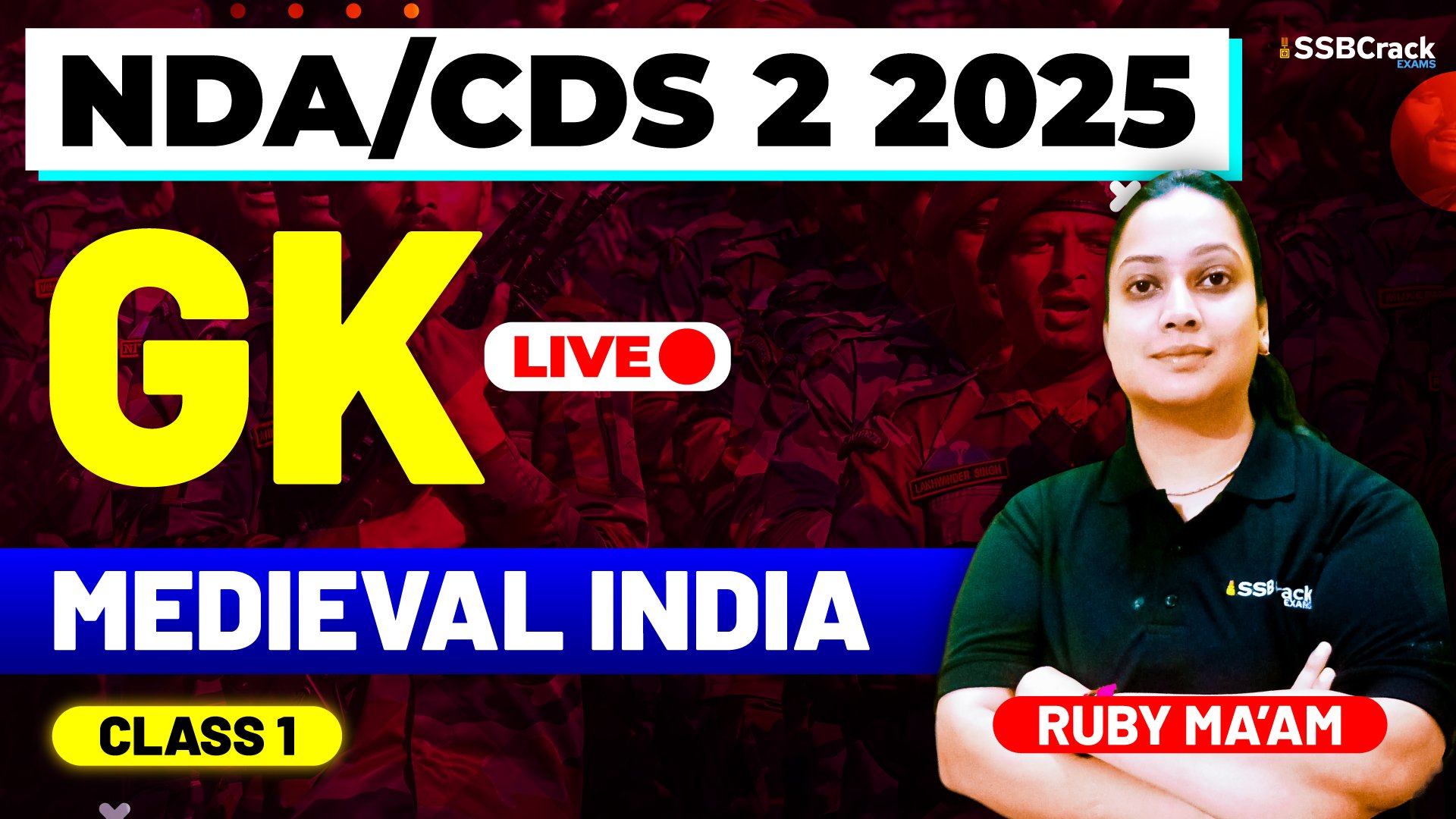For aspirants of the National Defence Academy (NDA) and Combined Defence Services (CDS) examinations, a thorough understanding of Indian history is crucial, especially the Medieval Indian period. This phase, which spans from roughly the 8th century to the 18th century, is not just a bridge between ancient and modern history—it is a transformative era that shaped the cultural, political, economic, and religious landscape of India.
1. Weightage in Exams
In the NDA and CDS exams conducted by the UPSC, History questions form a significant portion of the General Knowledge paper. Medieval India, along with Ancient and Modern History, regularly features in multiple-choice questions. Questions are often asked from:
- The Delhi Sultanate and its administration
- The Mughal Empire and its policies
- Bhakti and Sufi movements
- Regional kingdoms like the Vijayanagara Empire, Marathas, and Rajputs
Hence, ignoring this portion can cost aspirants valuable marks.
2. Understanding Political Evolution
Medieval India saw the rise and fall of powerful empires:
- Delhi Sultanate established Indo-Islamic rule and introduced new administrative systems.
- Mughal Empire brought relative unity, economic prosperity, and architectural brilliance.
- Regional powers like the Rajputs, Deccan sultanates, and Marathas resisted or allied with these empires, influencing the subcontinent’s power dynamics.
Studying these shifts helps aspirants understand the evolution of Indian polity and military tactics, which are relevant even in today’s strategic scenarios.
3. Cultural Synthesis and Religious Movements
The Medieval period witnessed remarkable religious and cultural synthesis:
- Bhakti Movement: Saints like Kabir, Mirabai, and Guru Nanak emphasized devotion, equality, and social reform.
- Sufi Movement: Promoted spiritualism and communal harmony.
These movements laid the foundation of India’s composite culture, vital for understanding modern Indian secularism and diversity—qualities expected in armed forces personnel.
4. Architectural and Literary Achievements
From Qutub Minar and Red Fort to Gol Gumbaz and Hampi, the era boasts architectural marvels that reflect both artistic grandeur and strategic significance. Literature in Persian, Sanskrit, and regional languages also flourished during this time.
Aspirants should know how art, literature, and architecture of this period contributed to India’s identity and pride—knowledge that is often tested in both objective and SSB interviews.
5. Military Relevance
Several important military tactics, fortifications, and warfare styles were developed or refined in this era:
- Guerrilla warfare by the Marathas
- Use of cavalry, elephants, and gunpowder in battles
- Defense architecture like fortresses in Gwalior, Golconda, and Chittorgarh
Understanding these aspects gives future military leaders an insight into India’s strategic legacy and battle resilience.
6. Link to Modern India
The decline of the Mughal Empire and the rise of regional powers set the stage for British colonialism. Grasping these connections helps aspirants understand how India moved from a feudal to a colonial setup—key to acing modern history as well.
Conclusion
For NDA and CDS aspirants, Medieval India is not just a section in the syllabus—it’s a foundation to understand India’s military, administrative, and cultural evolution. A sound grasp of this era not only ensures better performance in written exams but also enriches perspectives during interviews and service life. In the journey to serve the nation, knowing its historical roots is a mark of true leadership.



















